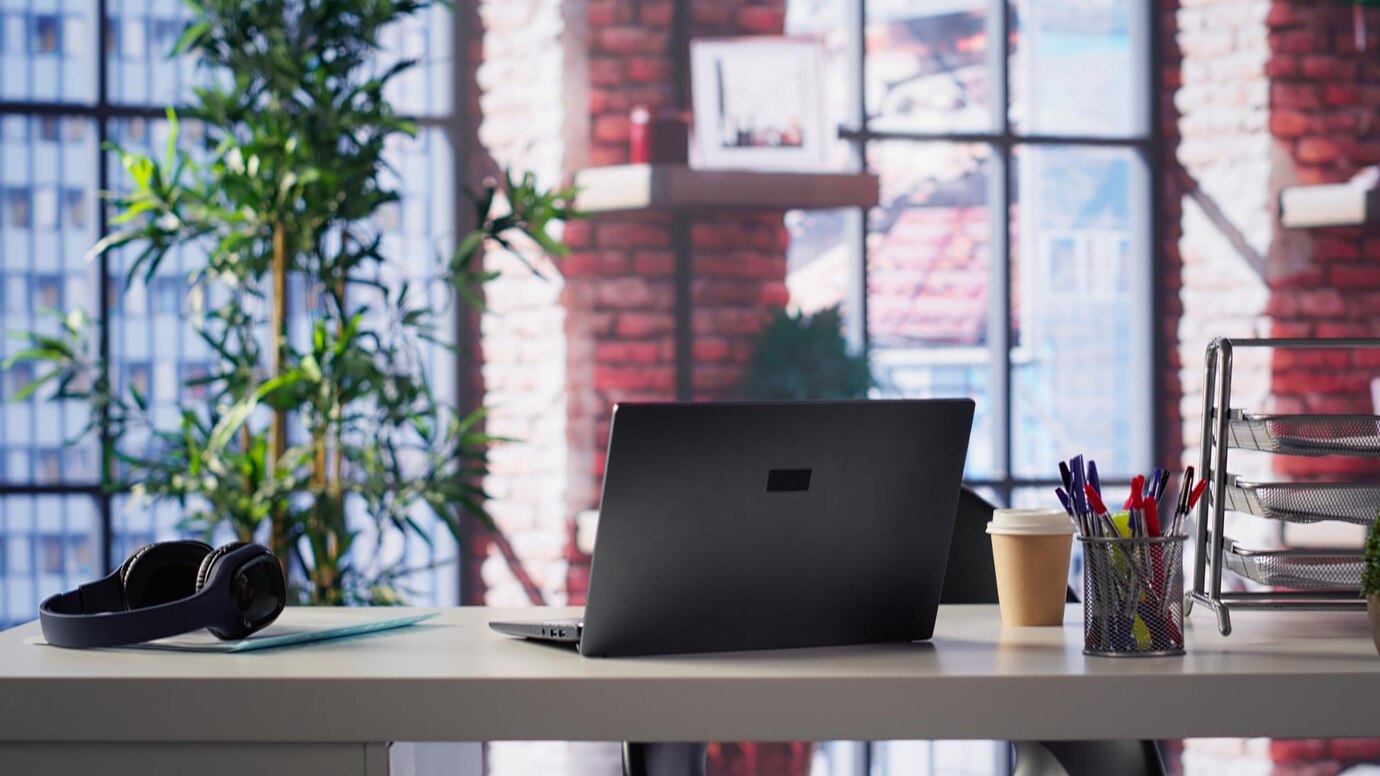Working from home doesn’t have to mean working in discomfort—or spending a fortune. Whether you’re freelancing, studying, or clocking in remotely, a functional and comfortable home office can boost your productivity and focus. And yes, you can set one up without draining your bank account.
Here’s how to create a home office that works—on a tight budget.
1. Find the Right Space (Cost: $0)
Repurpose, don’t renovate.
You don’t need a separate room—just a dedicated corner. Look for:
-
An unused nook in your bedroom or living room
-
The end of a hallway or under the stairs
-
A closet you can turn into a “cloffice” (closet office)
Tips:
-
Choose a spot with natural light if possible.
-
Face a wall or window to reduce distractions.
2. Budget Desk Options (Cost: $0–$75)
Skip the designer furniture.
Instead, try:
-
A folding table or card table you already own
-
A secondhand desk from Facebook Marketplace, Craigslist, or thrift stores
-
DIY: A sturdy board + filing cabinets, crates, or trestle legs
Pro tip: Look for “student desks” or “writing desks” online—often cheaper and compact.
3. Affordable Seating (Cost: $0–$100)
A good chair matters more than a fancy desk.
Low-cost options:
-
Use a dining chair with a pillow or rolled-up towel for back support
-
Look for used office chairs online—often under $50
-
IKEA and Staples offer budget ergonomic chairs around $75–$100
Add-ons:
-
Lumbar cushion: $10–$20
-
Seat cushion: $15–$30
4. Essential Tech on a Budget (Cost: Varies)
You don’t need top-tier gear to stay productive.
Must-haves:
-
Laptop or PC – Use what you already have or consider refurbished models from reputable sellers
-
Mouse and keyboard – Wired combos can cost as little as $20
-
Webcam and mic – Many laptops have these built-in, but external webcams start at $25
Pro tip: Avoid low-rated off-brand accessories. Stick to brands like Logitech, Microsoft, or Anker for reliability.
5. Organize Smartly (Cost: $10–$30)
Stay tidy without buying custom organizers.
Low-cost organization tips:
-
Use shoeboxes, jars, or mugs as organizers
-
Binder clips and Velcro strips for cable management
-
Pegboards or wall hooks for vertical storage
Dollar store finds: Pen cups, drawer trays, labels, and file folders—all cheap and effective.
6. Lighting That Works (Cost: $10–$40)
Good lighting reduces eye strain and improves video calls.
Budget lighting ideas:
-
Desk lamp with adjustable brightness – $15–$30
-
Clip-on ring light for Zoom calls – $10–$20
-
Use natural light during the day whenever possible
7. Decor That Inspires (Cost: Optional)
Even on a shoestring budget, a little personality goes a long way.
Try:
-
Hanging art or posters you already have
-
DIY corkboard or vision board
-
A small plant or fake greenery for a touch of life
Total Estimated Budget: $50–$200
| Item | Low-End Cost |
|---|---|
| Desk/Table | $0–$50 |
| Chair or Seat Upgrade | $0–$50 |
| Lighting | $10–$30 |
| Keyboard/Mouse | $20 |
| Webcam (if needed) | $25 |
| Storage/Organization | $10–$20 |
| Optional Decor/Plants | $10 |
| Estimated Total | $75–$185 |
Final Tips to Stretch Your Budget
-
Buy secondhand whenever possible
-
Wait for deals or coupons (back-to-school season is ideal)
-
DIY when you can—you’d be surprised what you can make with basic tools
You don’t need a high-end standing desk or a thousand-dollar chair to create a home office that helps you focus, work comfortably, and feel good. With a little creativity and resourcefulness, you can build a productive setup—even if your budget is nearly zero.
Smart setups come from smart decisions, not big spending.

